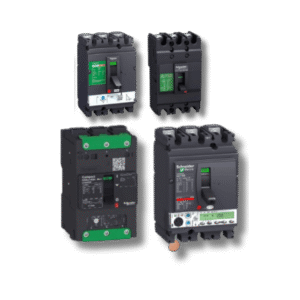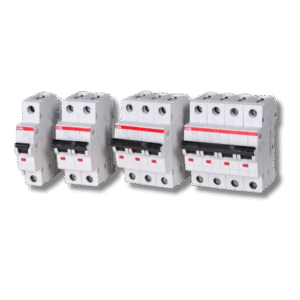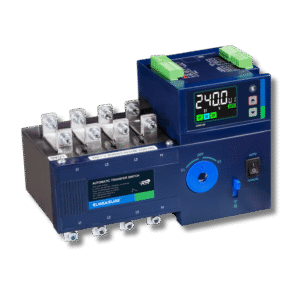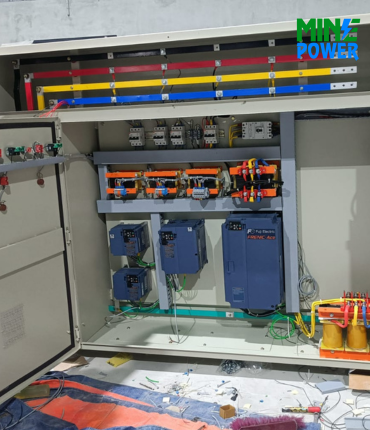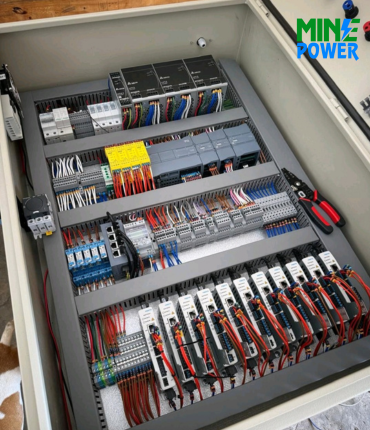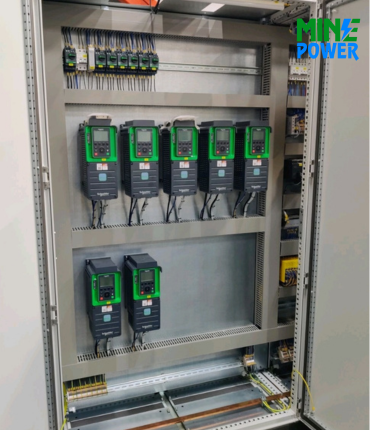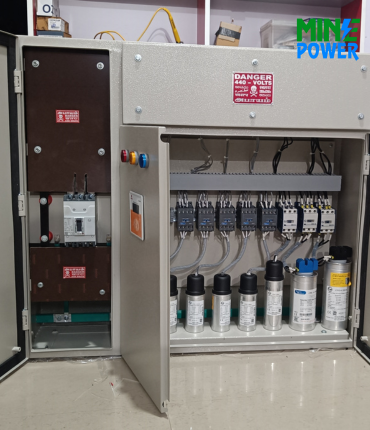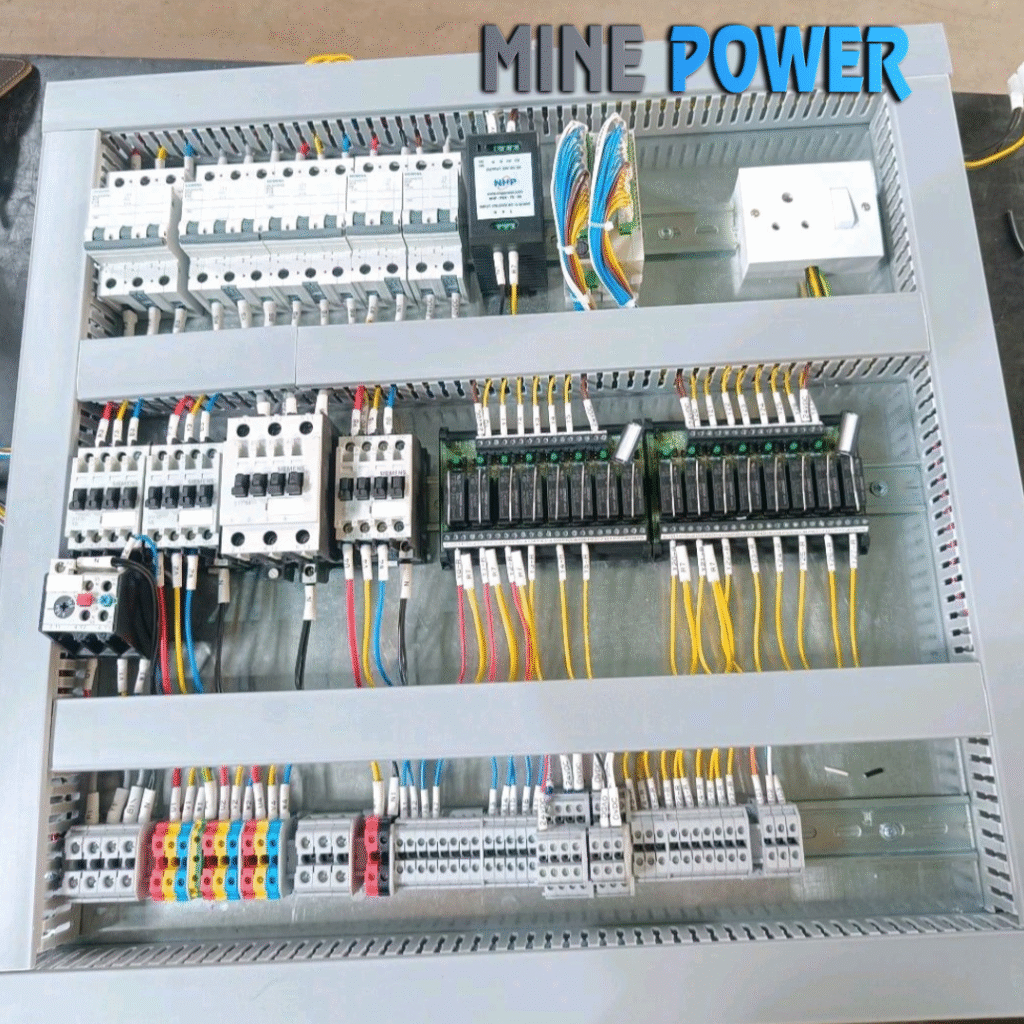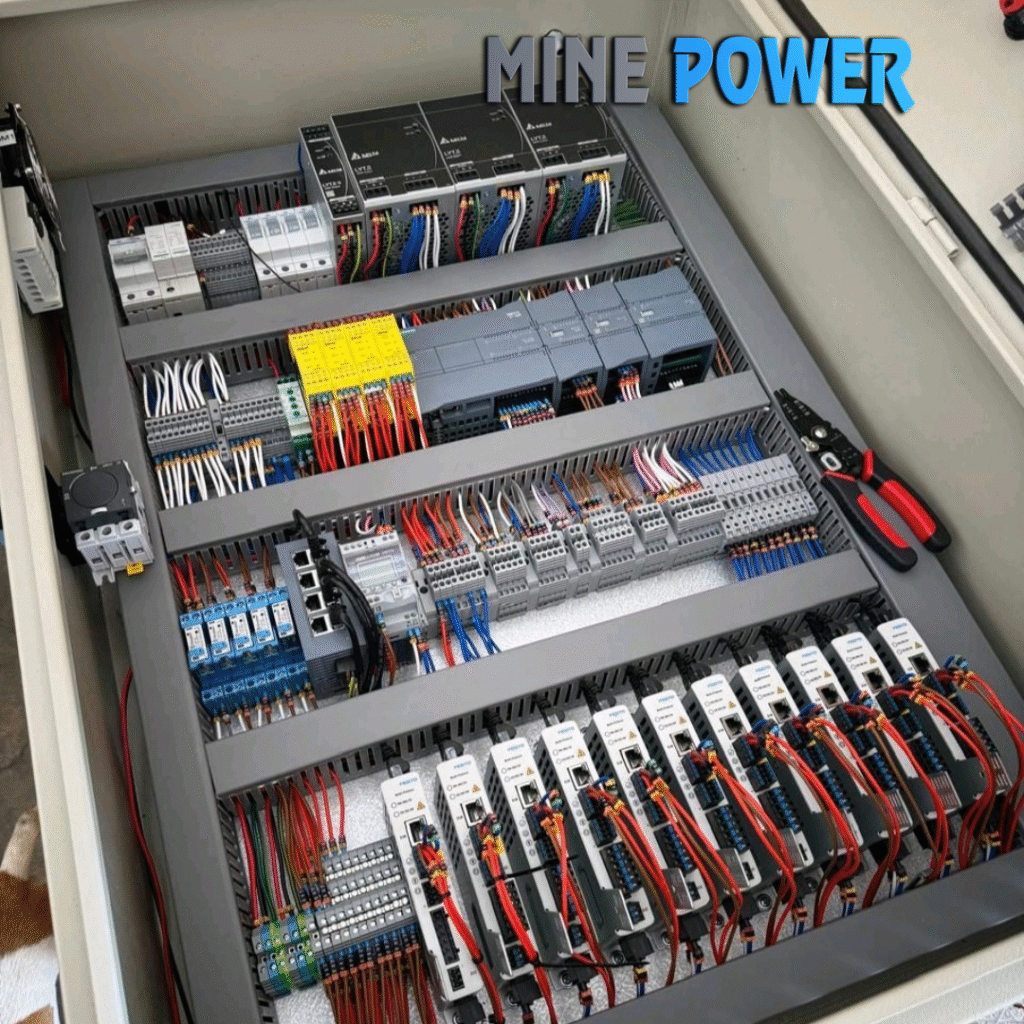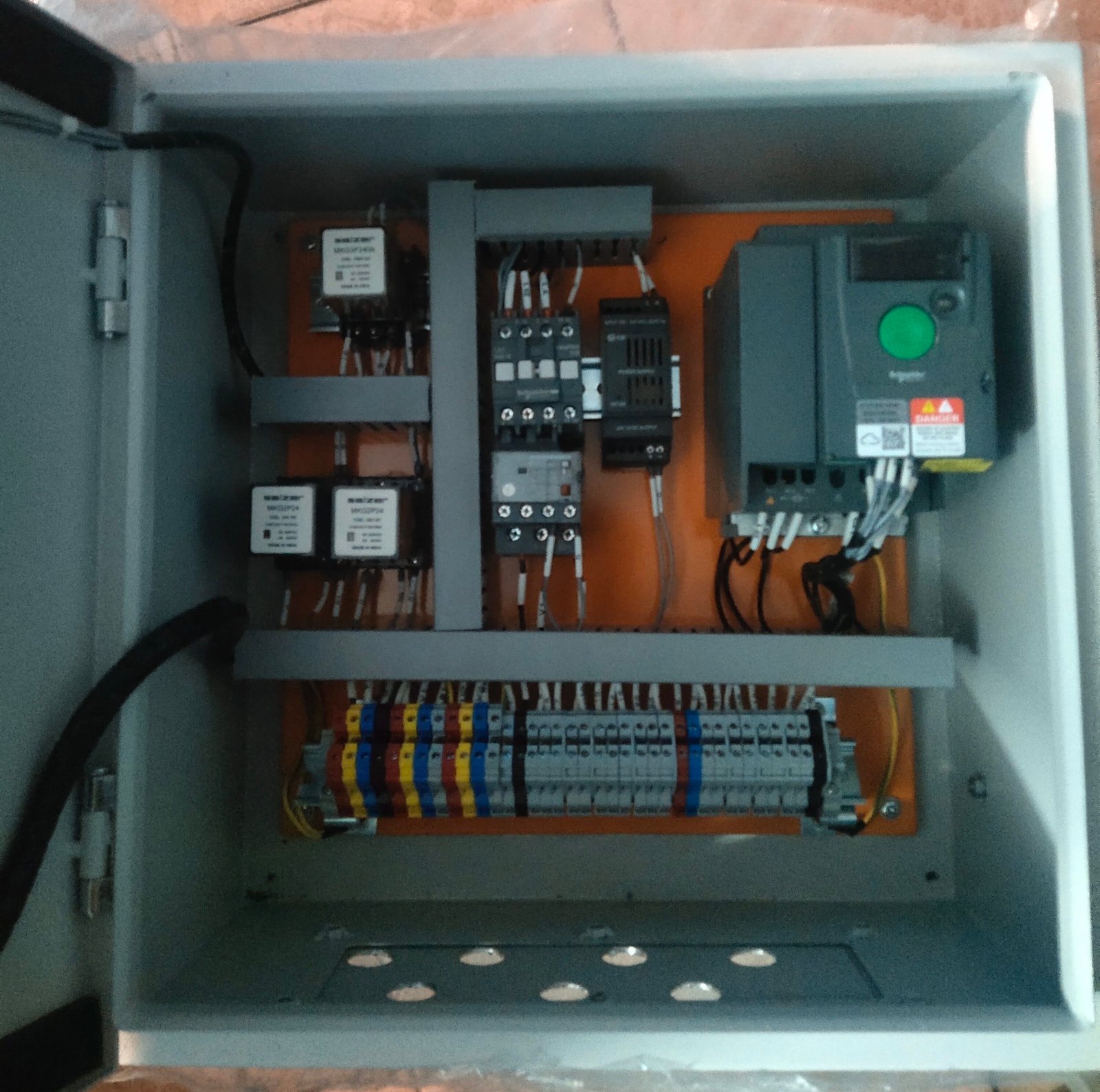Schneider Electric MCBs—including the premium Acti 9 (iC60, C120H) and the compact Easy9 series—offer robust protection against overcurrent and short circuits across a broad spectrum of applications. With class-leading safety features like VisiSafe and VisiTrip, high-breaking capacities, and modular flexibility, they serve as dependable, efficient circuit-breakers for modern power distribution systems.
Description
Schneider MCBs are compact, modular devices designed to protect electrical circuits from overloads and short circuits. These breakers integrate thermal-magnetic trip mechanisms, ensuring fast and reliable shutdown under fault conditions. Widely used in residential, commercial, and light industrial systems, they are favored for their safety, compliance, and ease of integration.
Key Series & Specifications
Acti 9 iC60 Series
-
Available in models like iC60N (up to 2P) and iC60L (up to 4P).
-
Rated current: from a few amps up to 125–160 A.
-
Breaking capacity: typically 10 kA.
-
Compliant with IEC 60898 and IEC 60947-2.
-
Integrated safety features: VisiSafe (safe downstream indication) and VisiTrip (trip status) RS Components+1RS Componentsom.rsdelivers.com.
Easy9 Series
-
Ideal for residential and light commercial applications.
-
Compact design up to 32 A, with C-curve tripping and 10 kA breaking capacity.
-
Perfect for space-saving panel designs. Eshop SE+1
Acti 9 C120H
-
Heavy-duty options available (e.g., 80 A, 15 kA breaking capacity).
-
Built for industrial-grade switching and protection. Schneider Electric
Features
-
Dual trip mechanism: thermal overload + magnetic short-circuit response.
-
Enhanced safety with IP20 insulated terminals and robust contact position indicators. RS Componentsom.rsdelivers.com
-
Modular designs support accessories like auxiliary contacts, shunt trips, and busbars. RS ComponentsEshop SE
-
Certified for use in harsh environments with high inductive loads and pollution. om.rsdelivers.com
Applications
-
Residential panels – circuit protection for lighting, sockets, HVAC.
-
Commercial buildings & offices – reliable overcurrent protection.
-
Industrial control panels – safeguarding motors, drives, and smaller machinery.
-
Renewable energy installations – MCBs integrated in solar and wind systems.
Advantages
-
Compact, DIN-rail friendly design.
-
Variety in tripping curves (B, C, D) for flexible load protection.
-
Clear visualization of faults with VisiTrip.
-
Durable with high cycle life and solid built quality.
-
Broad compliance (IEC/EN standards) for global deployment.
Disadvantages
-
Limited breaking capacity compared to larger MCCBs for heavy-duty applications.
-
Must choose curves carefully for inductive loads (e.g., motors).
-
Accessories may increase system complexity and cost.



